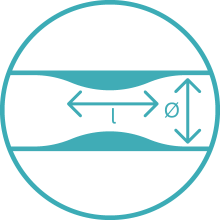Patient Selection
1. Patient Selection
Prof. Haude gives recommendations on optimal patient selection for Magmaris.
Appropriate patient selection is crucial to achieve procedural success. Magmaris is currently indicated for de novo lesions, with a reference vessel diameter and lesion length closely matching the available Magmaris sizes. Each individual patient should receive best clinical care.

1. Patient Selection
Prof. Haude gives recommendations on optimal patient selection for Magmaris.



